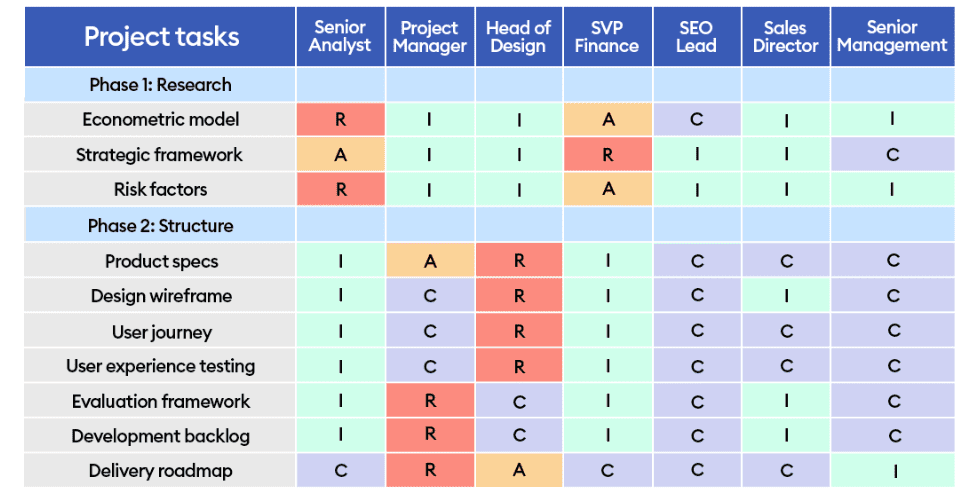RACI relevant or redundant

Recent Blogs
Leading in the Grey
Why Project Teams should start with curiosity, not connection
Unlearning is the leadership skill nobody talks about
Conflict handled well is a doorway to trust
Life keeps teaching until we listen
When values clash: conflict or opportunity?
Before the Plan, comes the Pause
The First Five Minutes: what your project team vibe reveals
Butterflies before bravery: why leaders overthink tough conversations
When you hear the term RACI – what comes to mind?
Fast cars, process, matrix, or confusion?
If you thought confusion, thanks for your honesty and you are not alone.
In all projects, it’s essential to ensure that roles and responsibilities are clearly defined to ensure deliverables are understand and work is completed.
One popular framework used for this purpose is the RACI model.
Firstly, it’s important to understand the RACI terms and roles.
R – Responsible: The “doer” or person who is responsible for completing the task. This role can be compared to the helmsman who is responsible for steering the ship and getting it to its destination.
A – Accountable: The “owner” or the person who is ultimately accountable for the success or failure of the task. This role can be compared to the captain of a ship for ensuring the vessel reaches its destination safely.
C – Consulted: The “advisor” or the person who provides input and advice to the responsible person. This role can be compared to a co-pilot who assists the helmsman by providing navigation support.
I – Informed: The “stakeholder” or person who needs to be kept informed about the progress of the task. This role can be compared to a passenger on the ship who is kept informed about the route and the estimated time of arrival.
Projects can be complex and chaotic if the team has not spent the time planning and clarifying who is involved, what they will do, what they want to know and how it will impact them.
Imagine that feeling when a Senior decision-maker comes to the team half way through the delivery timeline and complicates things with a number of scope changes because they were not consulted.
Imagine a large organisational change to move from state-based to national ways of working and the operational teams are confused about process roles, who now is accountable and responsible, or do we have different teams we have to consult with or keep informed.
A RACI can support both project and operational teams to:
- Have clear roles and responsibilities.
- Improve communication.
- Increase accountability.
- Have better decision making.

Source: Forbes Advisor
There are several other models that can be used for clarifying roles and tasks.
CARS: this model designates stakeholders as:
- Communicate: These are the consulted and informed parties.
- Approve: This is the decision maker.
- Responsible: This person does the work.
- Support: These parties support the responsible person in doing the work.
DACI: this model includes these roles similar to RACI:
- Drivers: The people who do the work.
- Approvers: The decision makers.
- Contributor: People who are consulted on the task.
- Informed: People who are informed of the project’s progress.
CLAM: in this model, stakeholders are assigned these actions:
- Contribute: People who are consulted and who do the work.
- Lead: People who delegate work and manage a task.
- Approve: Decision makers.
- Monitor: People who are kept in the loop on a project’s progress.
Like all project methodologies and tools, there are things to be mindful of:
- There could be confusion of what the RACI terms mean.
- Time might be wasted in forming a RACI if no one references it regularly.
- A RACI matrix does not provide the full extent of a role or task.
- An agile mindset and practice would find a RACI redundant.
Could your team benefit from having a RACI or similar model to clarify roles and improve communications?
